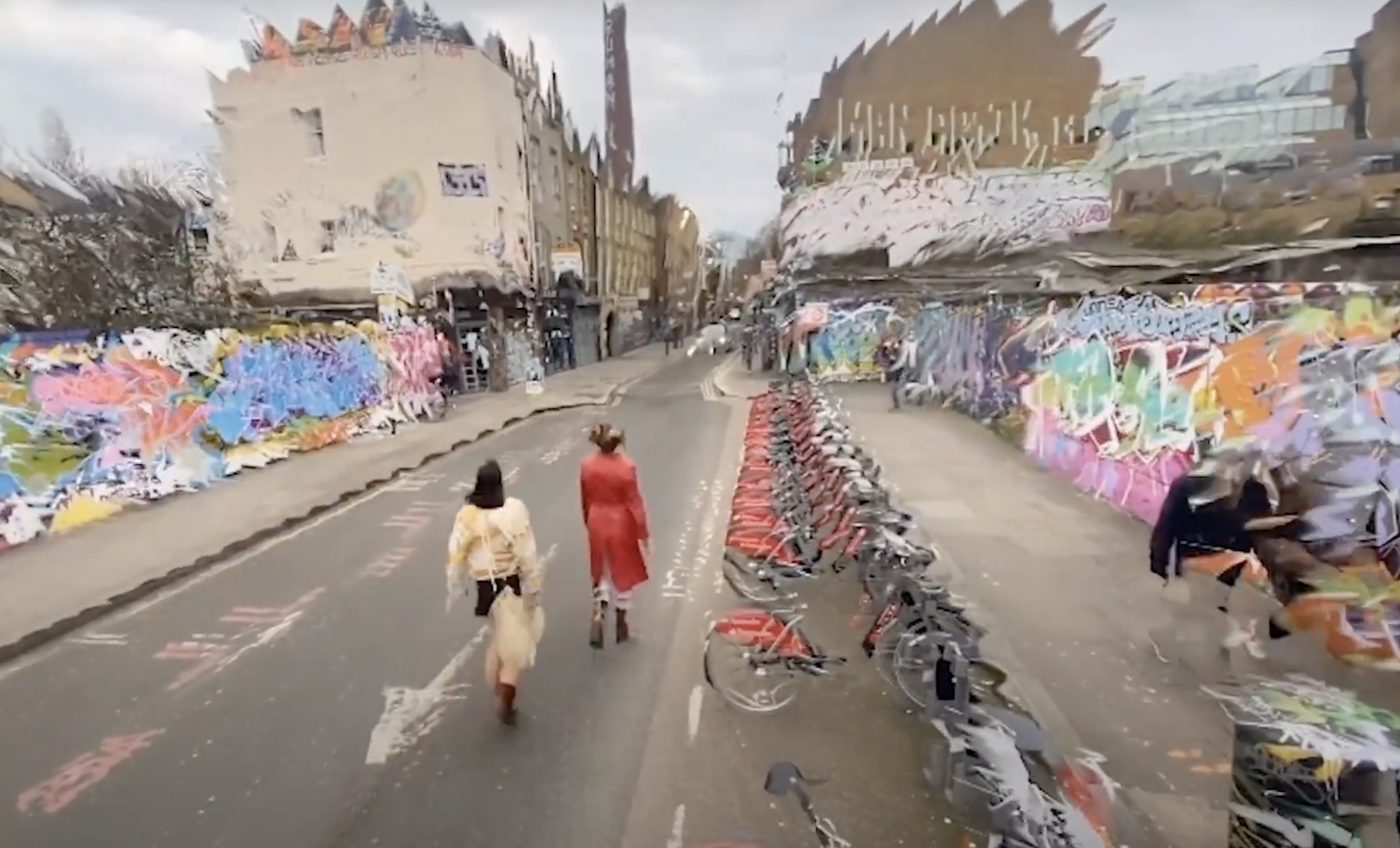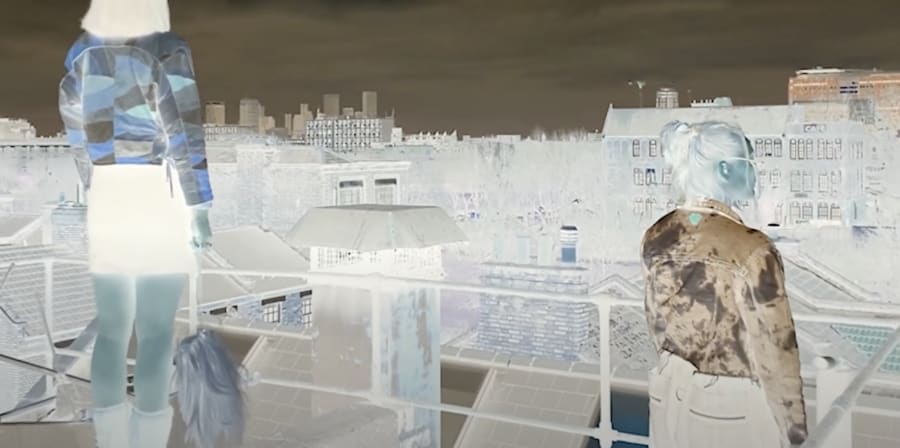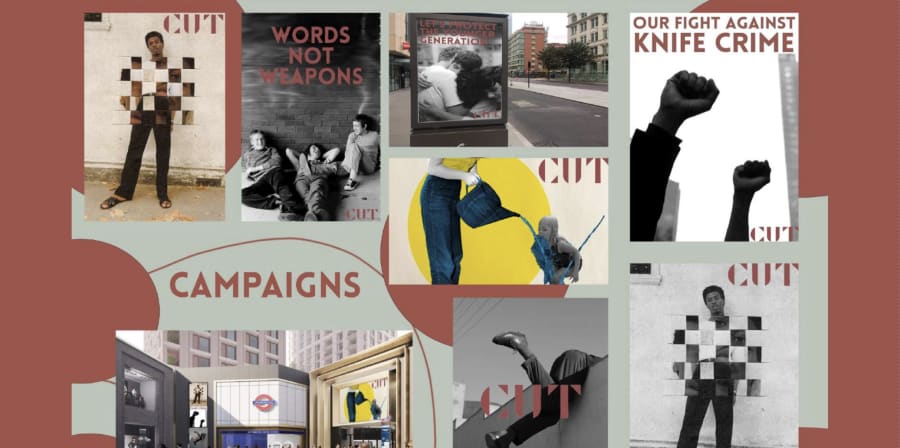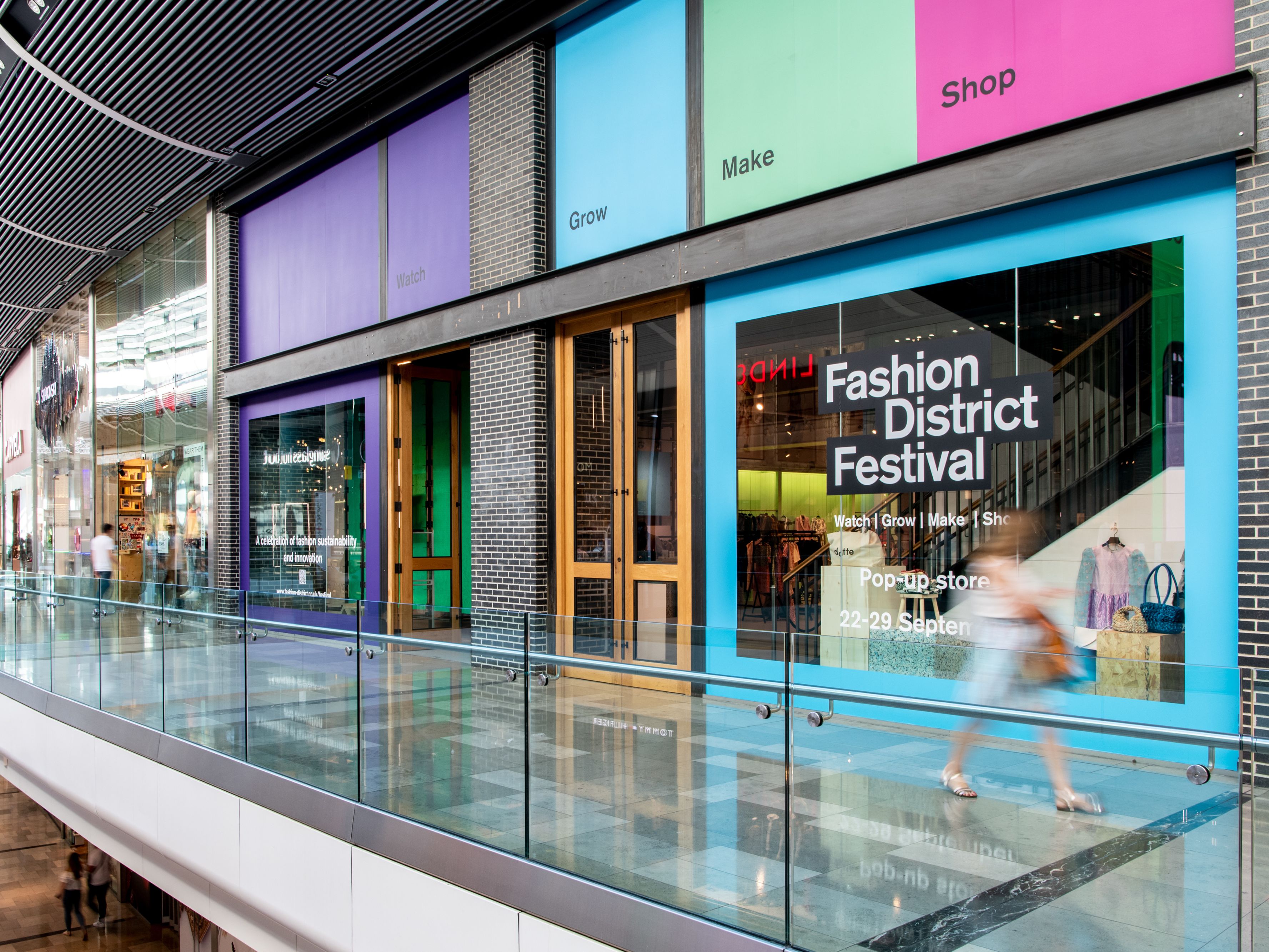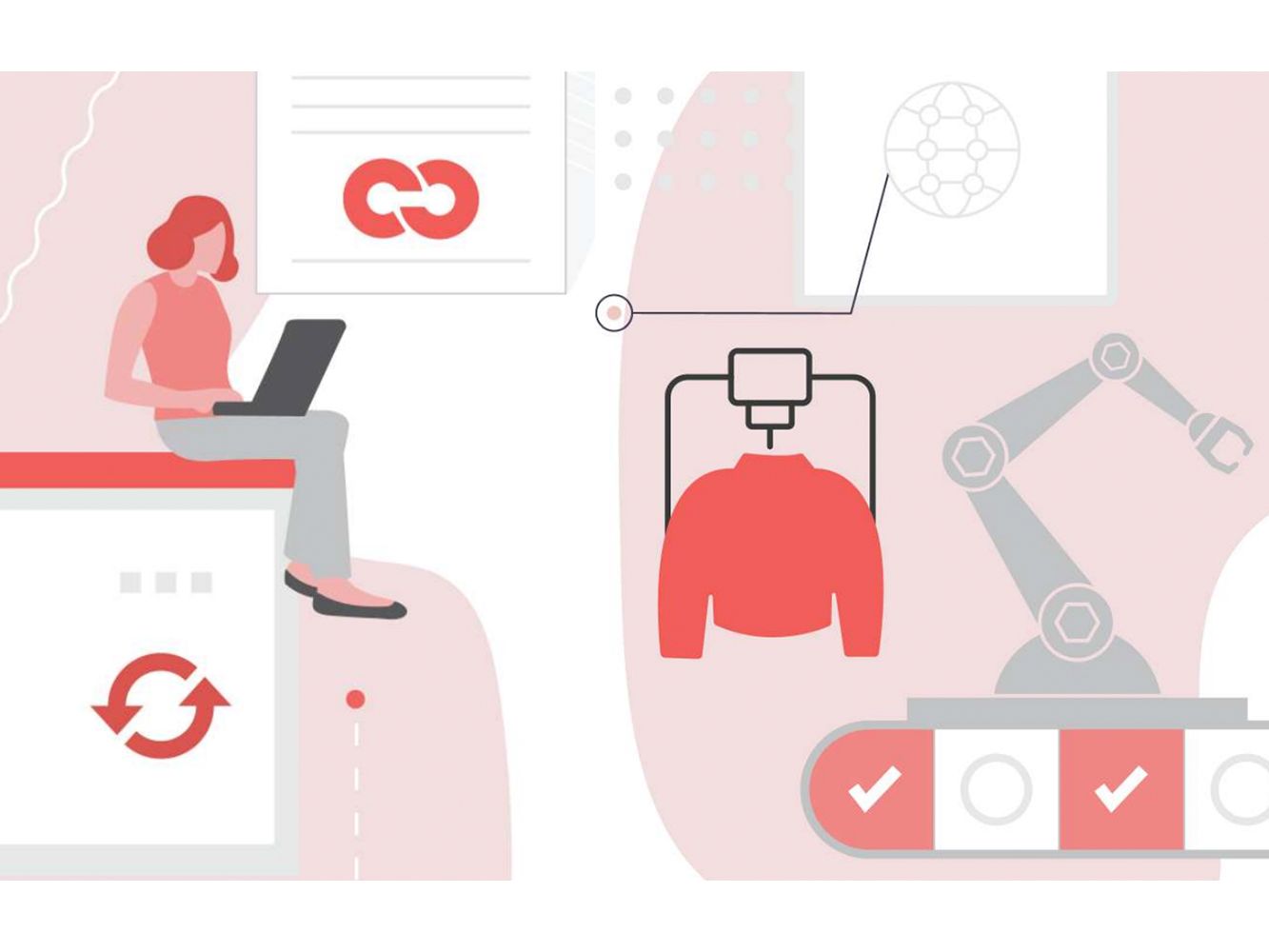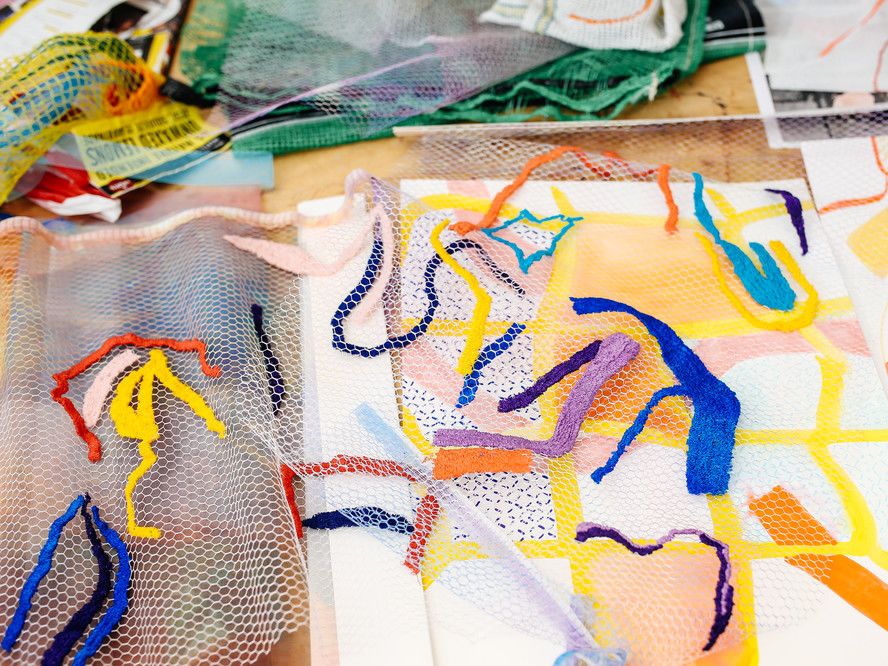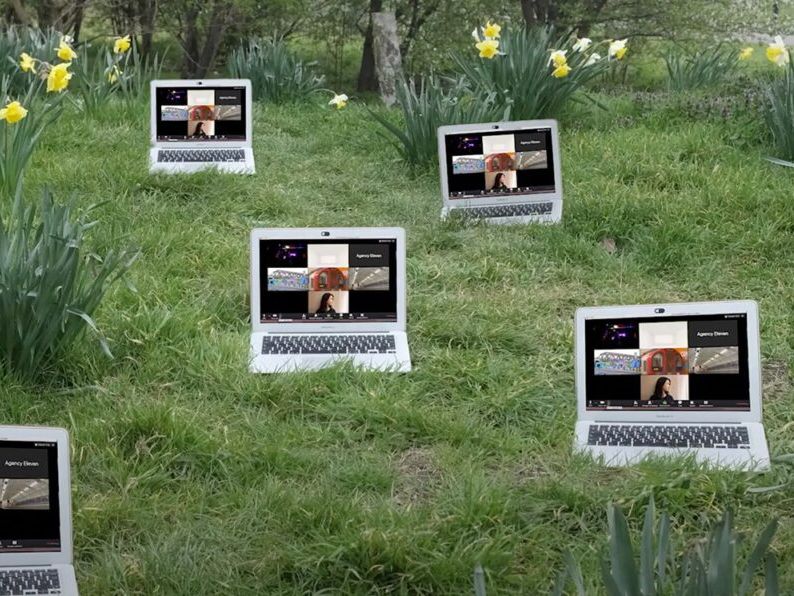
LCF students collaborate with Agency ELEVEN to explore global PR narratives during Covid-19 and beyond
BA Fashion Public Relations and Communication students from London College of Fashion collaborated with Agency ELEVEN for the global AW21 Digital Press Day.
